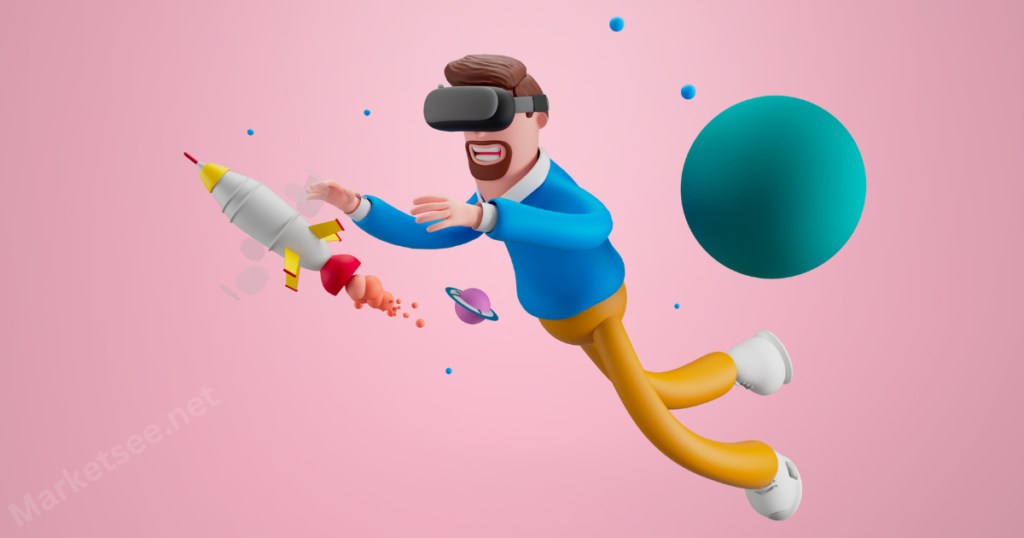
Discover the factors influencing Unity 3D game development costs. Get insights into unity 3d game development expenses. Let’s Get started!
What Factors that Influence Unity 3d Game Development Costs?
Unity 3D has established itself as a prominent player. Its versatility, ease of use, and cross-platform capabilities make it a favorite among developers. However, with great power comes great responsibility, especially when it comes to managing the costs associated with Unity 3D game development.
This article delves into the various factors that influence its costs and provides insights into how developers can navigate these challenges.
Understanding Unity 3D Game Development
Before we delve into the cost factors, let’s briefly understand what Unity 3D game development entails. Unity 3D is a powerful game development engine that allows developers to create stunning 2D and 3D games for various platforms, including mobile, PC, consoles, and even augmented reality (AR) and virtual reality (VR) experiences.
Factors That Influence Unity 3D Game Development Costs
When it comes to Unity 3D game development, several factors come into play, each affecting the overall cost of the project. Let’s explore these factors in detail:
1. Complexity of the Game
The complexity of your game is a significant determinant of development costs. Simple 2D games will generally cost less to develop than complex 3D games with advanced graphics and gameplay mechanics.
2. Graphics and Artwork
High-quality graphics and artwork can significantly enhance the appeal of your game, but they can also inflate development costs. Investing in skilled graphic designers and artists is crucial for a visually stunning game.
3. Game Mechanics and Features
The more intricate the game mechanics and features, the more time and effort developers will need to invest. Features like multiplayer functionality, in-app purchases, and complex AI systems can add to the cost.
4. Platform Compatibility
Unity 3D offers cross-platform development, but optimizing your game for multiple platforms can increase costs. Each platform may require specific adjustments and testing.
5. Development Team
The size and expertise of your development team play a crucial role. Highly skilled developers may come at a premium, but their expertise can lead to a smoother and faster development process.
6. Project Timeline
Rushing game development can lead to higher costs. Planning a realistic timeline and sticking to it can help manage costs effectively.
7. Third-party Tools and Plugins
Using third-party tools and plugins can save development time but may involve licensing fees. Evaluate the necessity of these tools carefully.
8. Testing and Quality Assurance
Thorough testing and quality assurance are essential to delivering a bug-free game. Allocating resources for testing is an important cost consideration.
9. Marketing and Promotion
Don’t overlook the costs associated with marketing and promoting your game. Building hype and reaching your target audience can impact overall expenses.
10. Post-launch Support and Updates
After launching your game, ongoing support and updates are crucial for user satisfaction. Budgeting for post-launch activities is essential.
Cost-Effective Strategies for Unity 3D Game Development
Now that we’ve explored the factors influencing Unity 3D game development costs, let’s discuss some cost-effective strategies that developers can employ to optimize their projects:
1. Clear Project Scope
Define the scope of your game from the outset. Having a clear vision of your game’s complexity and features will help you allocate resources more efficiently.
2. Utilize Asset Stores
Unity Asset Store offers a vast library of pre-made assets, including 3D models, textures, and audio files. Leveraging these resources can significantly reduce development costs.
3. Outsource Non-Core Tasks
Consider outsourcing tasks like artwork, music composition, and quality assurance to specialized professionals or studios. This can lower expenses while ensuring high-quality results.
4. Continuous Testing
Implement rigorous testing throughout the development process to catch and address issues early. This prevents costly revisions later in the project.
5. Post-Launch Updates
Plan for post-launch updates and expansions to keep players engaged without incurring all costs upfront.
Current Statistics
Here are some current statistics to further emphasize the importance of understanding Unity 3D game development costs:
- According to a survey of game developers, 65% stated that the complexity of the game directly influenced their development costs.
- The average unity-game-development-cost ranges from $50,000 for small indie projects to over $5 million for large-scale productions.
- According to a report by Auxano Global Services, the cost of Unity 3D game development can range from $20,000 to $300,000 depending on the project size, required services, and other factors. The report also highlights the factors that influence the budget template of Unity 3D game development.
These statistics emphasize the widespread adoption of Unity 3D and the significant economic impact it has on the gaming industry.
Final Words
Unity 3D game development costs can vary significantly depending on various factors, including game complexity, graphics quality, and development team expertise. Understanding these factors and planning your project accordingly is essential for managing costs effectively. By considering these aspects and staying informed about industry trends and statistics, you can navigate the world of Unity 3D game development with confidence.
If you are interested in developing a Unity 3D game, it is important to get in touch with a Unity 3D game development company to get a quote for your project. It can help you to assess the scope of your project and to develop a budget that meets your needs.






Leave a Reply